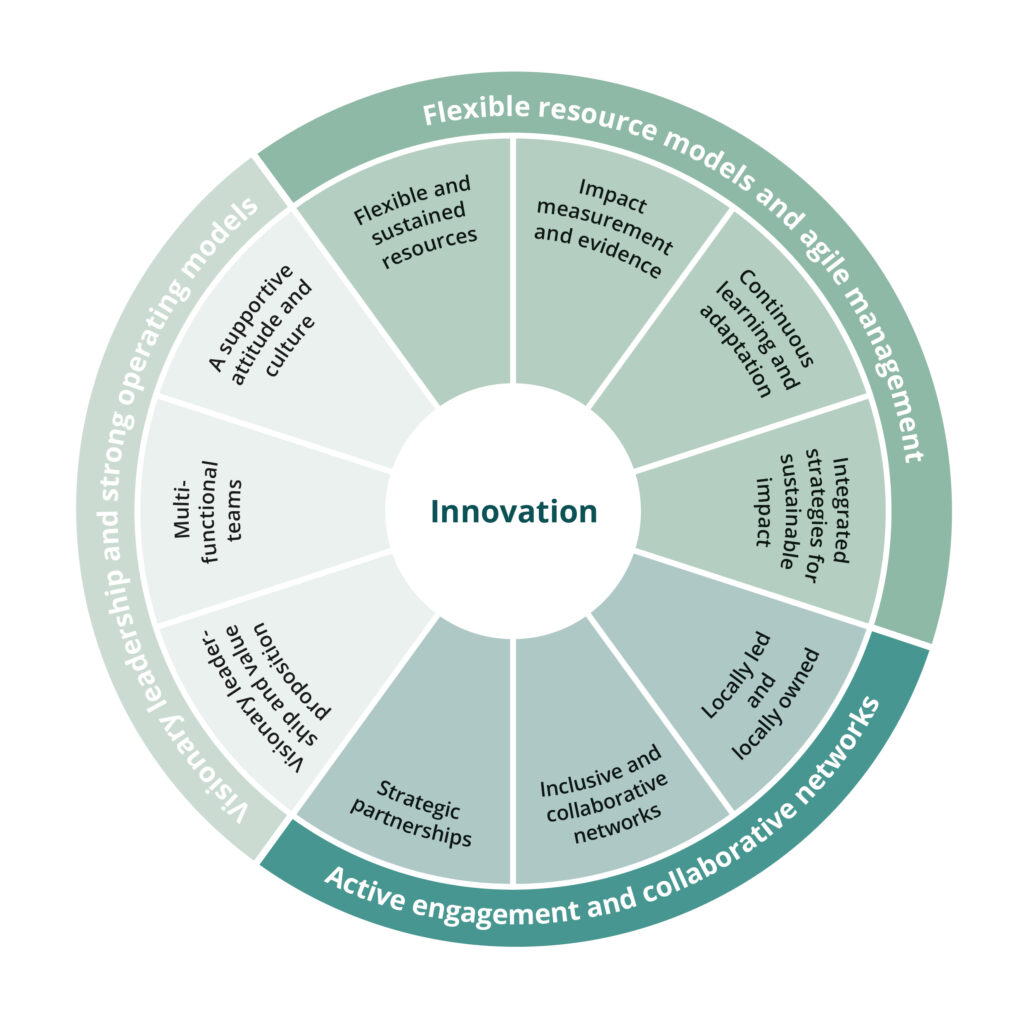| Author: | Andrea Düchting |
| Date: | 20.02.2025 |
| Downloads: |
Paper (EN)
Executive Summary (DE) Executive Summary (EN) Executive Summary (FR) |
Why do some humanitarian innovations fail while others succeed?
For years, innovation has been seen as the solution to all humanitarian problems. Yet, many innovations remain unknown and confined to specific local context. They create impact on a small scale, benefiting only limited groups of people, but rarely expand across different contexts or countries. Others disappear shortly after the pilot phase. The humanitarian system is filled with innovations that fail to scale.
Meanwhile, some innovations do manage to scale, create impact and fundamentally change the way humanitarians work. The use of cash and voucher assistance and anticipatory action are among the most famous and cited examples of successful innovations across the humanitarian system.
In this paper Andrea Düchting aims to create a common language for scaling humanitarian innovations by outlining success factors that derived from CHA research on innovation scaling in humanitarian action:
- Flexible resource models and agile management promote constant learning, co-creation and adaptation.
- The active engagement of all stakeholders with inclusive and collaborative networks creates an environment for information- and knowledge sharing between local, national and global levels.
- Visionary leadership nurtures a culture of creativity, power sharing and risk-taking.
All factors build the key to success, thriving humanitarian innovation towards long-term success and social impact.

This paper is a result of the project ‘The dilemma of innovation, efficiency and principled humanitarian action’, funded by the German Federal Foreign Office.





